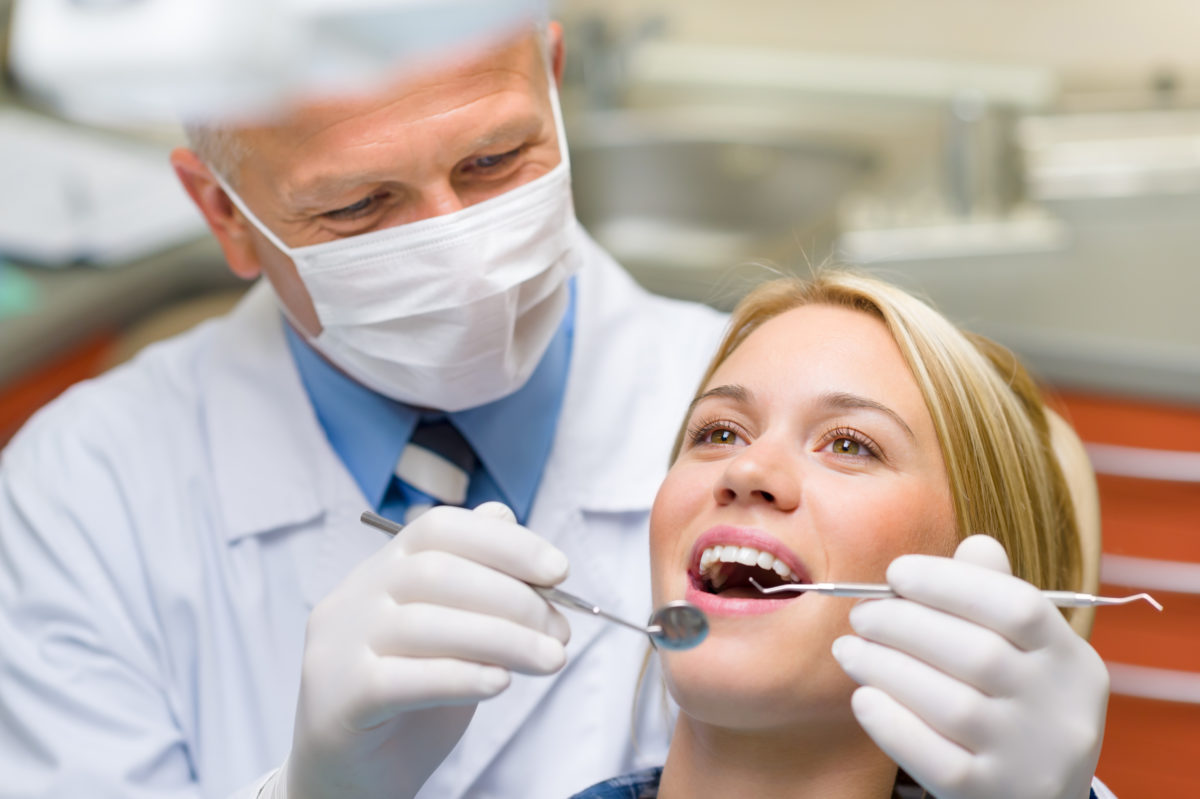Legacy Orthodontics Fundamentals Explained
8 Simple Techniques For Legacy Orthodontics
Table of ContentsAn Unbiased View of Legacy OrthodonticsFascination About Legacy OrthodonticsLegacy Orthodontics Can Be Fun For AnyoneLegacy Orthodontics Fundamentals ExplainedLegacy Orthodontics for Dummies
In addition, we use adjustable therapy schedules, flexible settlement options and a fun, pleasurable experience.An orthodontist is a dental expert educated to diagnose, stop, and treat teeth and jaw abnormalities. Orthodontists function with people of all ages, from youngsters to adults.
Malocclusion, or misaligned teeth, can lead to dental concerns, including tooth degeneration, gum tissue condition, and tough or agonizing chewing. But not every person is birthed with straight teeth. If you have a negative bite or big areas between your teeth, you might wish to get in touch with a dental expert specializing in orthodontic care.
Getting My Legacy Orthodontics To Work
( Image Credit Report: DigitalVision/Getty Images) Orthodontists make use of dealt with and removable oral devices, like braces, retainers, and bands, to transform the setting of teeth in your mouth. Orthodontic treatment is for oral abnormalities, including: Crooked teethBite problems, like an overbite or an underbiteCrowded teeth or teeth that are also far apartJaw misalignmentThe objective of orthodontic therapy is to boost your bite.
A healthy bite guarantees you can eat, eat, and talk correctly. While you may think about orthodontists as primarily for children or teenagers who require dental braces, they can correct oral problems at any kind of age. Orthodontists participate in college, oral institution, and orthodontic institution. After college graduation, they invest 2 or 3 years in an orthodontic residency program.
All orthodontists are dental professionals, yet not all dental professionals are orthodontists. Orthodontic residency programs supply intensive, concentrated instruction for dental professionals. They concentrate on two areas: Just how to appropriately and securely move teeth Just how to properly assist advancement in the teeth, jaw, and faceOnce an orthodontist has finished training, they have the option to become board certified.
Rumored Buzz on Legacy Orthodontics
Misalignment, or malocclusion, is the most common factor people see an orthodontist. It is genetic and is the result of size differences in between the top and lower jaw or between the jaw and teeth. Malocclusion brings about tooth congestion, a misshapen jaw, or irregular bite patterns. Malocclusion is usually treated with: Your orthodontist attaches steel, ceramic, or plastic square bonds to your teeth.
Some people need a headgear to aid move teeth right into line with pressure from outside the mouth. A retainer is a custom device that maintains your teeth in place.
They can create added space in the mouth without having to draw teeth. Orthodontists utilize cords, surgical screws, or plates to sustain your jaw bone.
You might require to see an orthodontist if you have: Crowding or otherwise adequate area for all of your teethOverbite, when your top teeth come your base teethUnderbite, when your bottom teeth are too much forwardSpacing or concerns with gapsCrossbite, which is when your upper teeth fit behind your base teeth when your mouth is closedOpen bite or a vertical void in between your front bottom and upper teethMisplaced midline, when the center of your base and upper teeth don't line up Fixing an oral malocclusion can: Make attacking, chewing, and speaking easierImprove the symmetry of our face and your general appearanceEase pain from temporomandibular joint conditionsDifferent your teeth and make them easier to clean, assisting prevent dental cavity or dental caries It's frequently a dental expert that first notices misaligned teeth throughout a regular exam.
Some Ideas on Legacy Orthodontics You Need To Know

During your very first orthodontic assessment, you'll likely have: An oral examPhotos taken of your face and smileDental X-raysPanoramic (360 level) X-rays of your face and headImpressions to produce molds of your teethThese examinations will certainly aid your orthodontist understand how to proceed with your treatment. invisalign. An orthodontist is a dental practitioner who's had training to treat your teeth and jaw
An orthodontist is focused on your bite, so something like a broken tooth would be handled by a dentist. Orthodontists are focused on your bite, or the way your teeth fit together, and the straightness of your teeth.
Ever wondered how celebrities always appear to have perfectly straightened teeth? Orthodontists are dental specialists that focus on dealing with irregularities in the teeth and jaws.
6 Simple Techniques For Legacy Orthodontics

, orthodontists have a varied toolkit at their disposal. These tried-and-true braces use a system of braces adhered to the teeth and linked by cables.
Clear aligners, like Invisalign, are a prominent option for patients seeking a more very discreet treatment option. These detachable trays are customized to gradually shift the teeth's placement. Headgear might be utilized along with braces or aligners to use additional targeted forces, especially for fixing jaw disparities. In situations of narrow jaws, palatal expanders can be used to produce room for proper tooth positioning.